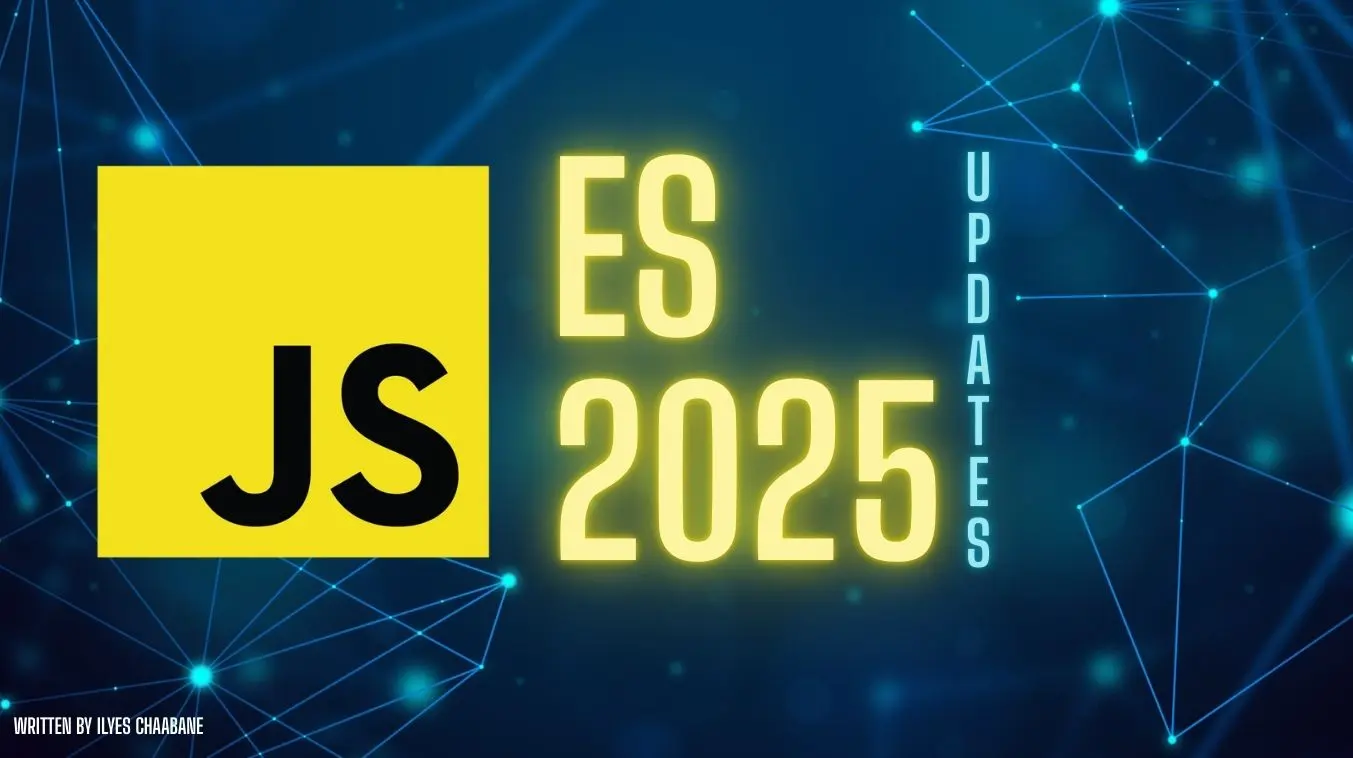
ES2025 Updates

Watch on YouTube
7 min read
JavaScript ES2025: The Future Just Arrived
JavaScript never sleeps. Every year, ECMAScript evolves to make the language more powerful, expressive, and—let’s be honest—developer‑friendly. With ES2025, we’re getting a batch of updates that make regexes smarter, promises safer, data structures stronger, and imports cleaner. Let’s dive in.
Unicode & RegExp Power Boost
Regular expressions get a serious upgrade with the new /v flag and RegExp.escape(). The /v flag adds support for Unicode property escapes and even set operations like intersections inside character classes. That means you can finally target very specific groups of characters without resorting to hairy hacks.
let re = /[\p{Latin}&&[aeiou]]/v;
console.log(re.test("a")); // true
console.log(re.test("b")); // falseOn top of that, RegExp.escape() makes building dynamic regexes safe and painless:
const input = "foo.bar?";
const safe = new RegExp(RegExp.escape(input));
console.log(safe.test("foo.bar? baz")); // trueNo more hand‑escaping every special character.
Numeric Types: Float16 Precision
Memory matters—especially in ML, graphics, and gaming. Enter Float16Array, a compact typed array for half‑precision (16‑bit) floats. Paired with Math.f16round(), you can now round numbers to the nearest representable half‑precision float.
const arr = new Float16Array([0.1, 0.2, 0.3]);
console.log(arr[1]); // rounded 16‑bit float
console.log(Math.f16round(0.3333));It’s about speed and efficiency, without always needing the heavy 64‑bit hammer.
Functional Utility: Iterator Helpers
Say hello to lazy, chainable iterators. The new Iterator object unlocks a toolbox of functional methods: .map(), .filter(), .take(), .drop(), .toArray(), and more. Unlike arrays, these are evaluated lazily, saving memory and compute.
const result = Iterator.from([1,2,3,4,5])
.map(x => x * 2)
.filter(x => x > 5)
.take(2)
.toArray();
console.log(result); // [6, 8]It’s functional programming for the real world, without loading Lodash.
Sets API: First‑Class Operations
Finally, native set operations! union(), intersection(), difference(), and symmetricDifference() make math‑like operations natural.
const a = new Set([1,2,3]);
const b = new Set([2,3,4]);
console.log(a.union(b)); // Set {1,2,3,4}
console.log(a.intersection(b)); // Set {2,3}
Plus, relationship checks like isSubsetOf() and isSupersetOf() mean no more DIY helper functions.
Promise Enhancements: Enter Promise.try()
Promises have always blurred the line between sync and async. Now Promise.try() cleans it up by safely wrapping synchronous code into a promise. Errors thrown are automatically caught as rejections.
Promise.try(() => riskyOperation())
.then(res => console.log(res))
.catch(err => console.error("Handled:", err));One chain to rule them all.
Module Imports with Attributes
No more hacks to import JSON or other assets. With import attributes, you can finally do this:
import config from "./config.json" with { type: "json" };
console.log(config);Or dynamically:
const data = await import("./data.json", { with: { type: "json" } });
console.log(data.default);Clean, declarative, and future‑proof.
Final Thoughts
ES2025 is one of the most practical upgrades in years. Instead of flashy syntax changes, it focuses on developer quality of life: safer regexes, efficient numbers, powerful iterators, native set operations, and cleaner imports. Combine that with Promise.try() and you’ve got fewer bugs and cleaner code.
The future of JavaScript is here—and it’s looking smooth.
More Articles
Key Words:
javascriptes2025updates